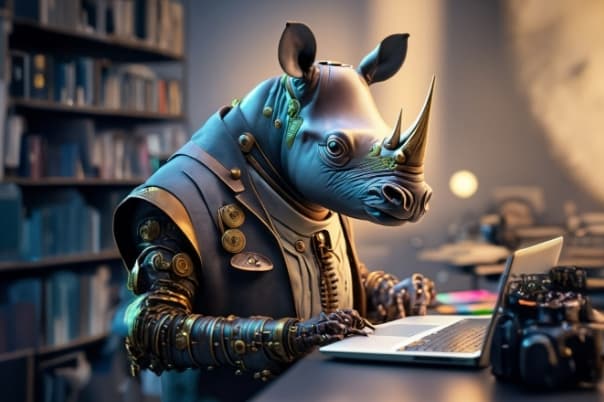
CATEGORY
Creative Insights
WRITER
Rebecca Meyer
ARTICLE
Did monki's rebrand Y2K too close to the sun?
DATE
26.03.24
monki is a Scandinavian clothing brand founded in 2006 in Sweden and owned by the H&M group. The wild child of the group, for the artists, the dreamers, the non-conformers.
Back in the day, their website featured portraits of musicians, fashion bloggers, and artists who dressed differently, and who seemed to celebrate the unsual, the individual, and the slighty jarring. I remember vividly reading a piece on young fashion writer Susie Bubble - an early star of taking fashion journalism out of the magazines and onto the internet - talking about being brave, paving your own way, and letting fashion be part of that self-expression.

monki was positively out of the ordinary, dreamy and playful. When I had the chance to visit my first ever monki store in Hamburg in 2011, I can unashamedly say, it was the highlight of my trip. I was ecstatic to finally dive into their curious, colourful and strange universe where not only the clothes were different, but the mirrors had unusual shapes, the walls were painted in bright colours - and on top of it all, it was affordable. Affordable to buy several pieces, to layer, to experiment, to find your own style.

Moving to Scandinavia in 2014 gave me access to a variety of monki stores and many monki pieces were added to my wardrobe over the following years - everything from trusty basics to crazy layering pieces.
Over time, though I still shopped there for the occasional basics, my infatuation with monki started to fade. Partly because other fashion brands started to catch up and look more and more similar, partly because I found the cuts, materials and their marketing communication less and less appealing. I simply put this down to me outgrowing my monki-age, though a small part of me still felt like they'd lost that early edge and it all felt a bit too try-hard.
Fast forward to the summer of 2023 when monki started to roll out a rather drastic rebrand under the slogan "The Antidote to Boredom". Moving from a rounded, soft sans serif logo with little frills on the end, to a rather grown-up-looking serif wordmark in black and white. They erased their entire Instagram feed and started afresh, with something that felt more grown up, edgy, and gritty. Overexposed images, rave-inspired looks, "caught-in-the-act" styling and blur in their photographic art direction along with outfits looking positively self-styled - an aesthetic reminiscent of the days of lookbook.nu (IYKYK).


To me, on first impression, it felt exciting, like a nod back to early days of monki with images that were different and somehow slightly unpolished.
What I didn't quite expect was the almost blanket push-back they were to receive on their social channels. People were disappointed, nostalgic - some even felt betrayed by a brand that now no longer felt "theirs". People complained about the disappearance of bright colours, size inclusivity, and most of all FUN. Feeling like this whimsical, playful and empowering brand had sold out - or as one person put it "Y2K'd too close to the sun".

Did monki completely misjudge its audience in this rebrand? Did their current audience grow older and less adventurous without them noticing? Did a new design agency or internal creative director in the quest to realise their own vision lose sight of what their audience loved about their brand? Or was this a calculated risk based on a need to increase their audience and fight back against a difficult competitive landscape? Were they aware that they may well lose some fans, whilst gambling on winning a new, younger, fresh follower base?

For now, we can only guess what drove the decision - and watch with held breath as to what will come next. My guess is that they will persevere with their strategy, and over time the negative feedback will die down and it remains to be seen if the new, younger audience they seem to be hoping to bring on board, will buy into it. It is a difficult landscape for any big fast fashion brand to navigate as younger buyers strive for individuality, but will more often than not opt for second-hand or handmade rather than buying "authenticity" from a fashion giant.
And whilst we wait, I'll be off to monki for the first time in years, as personally, I'm all here for the over-the-top Y2K nostalgia, so who knows, maybe getting their OG fans back was part of the plan all along.






